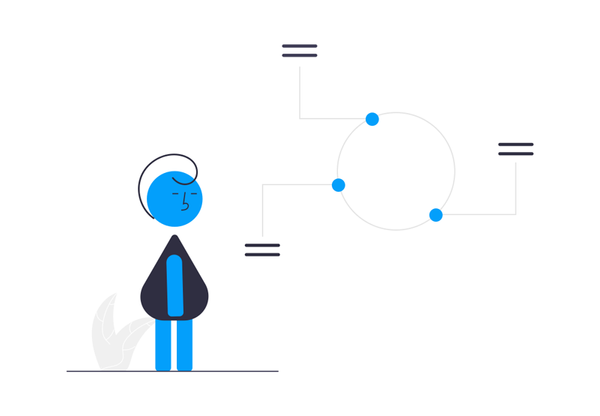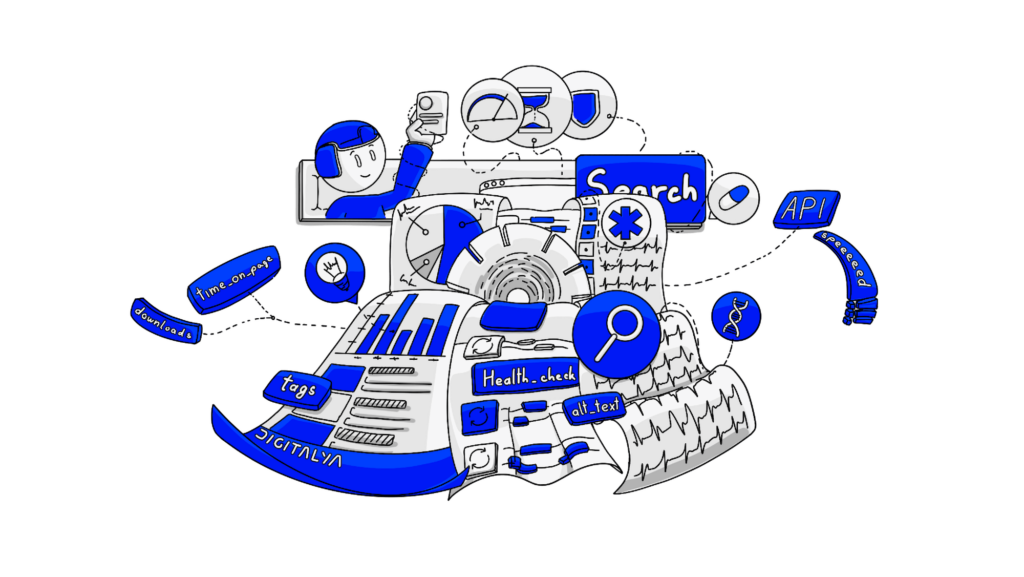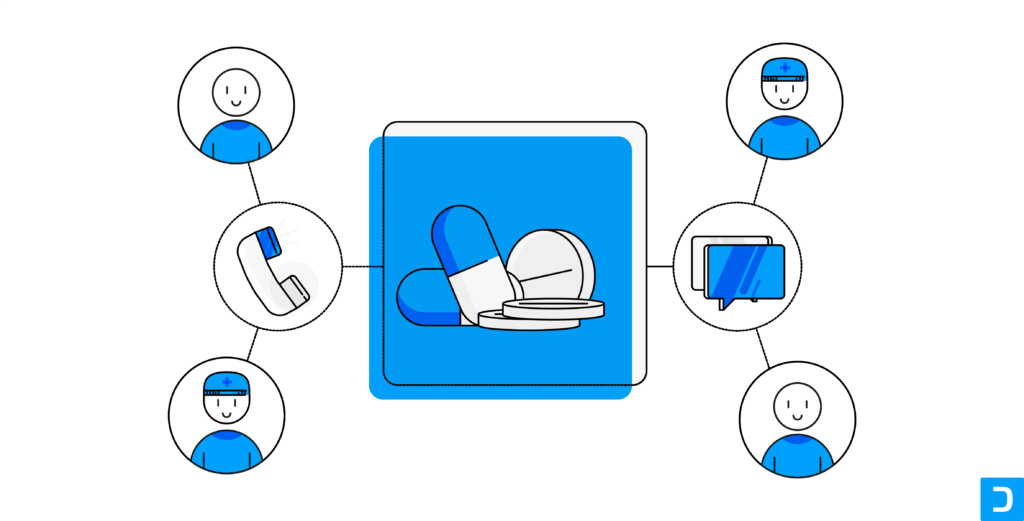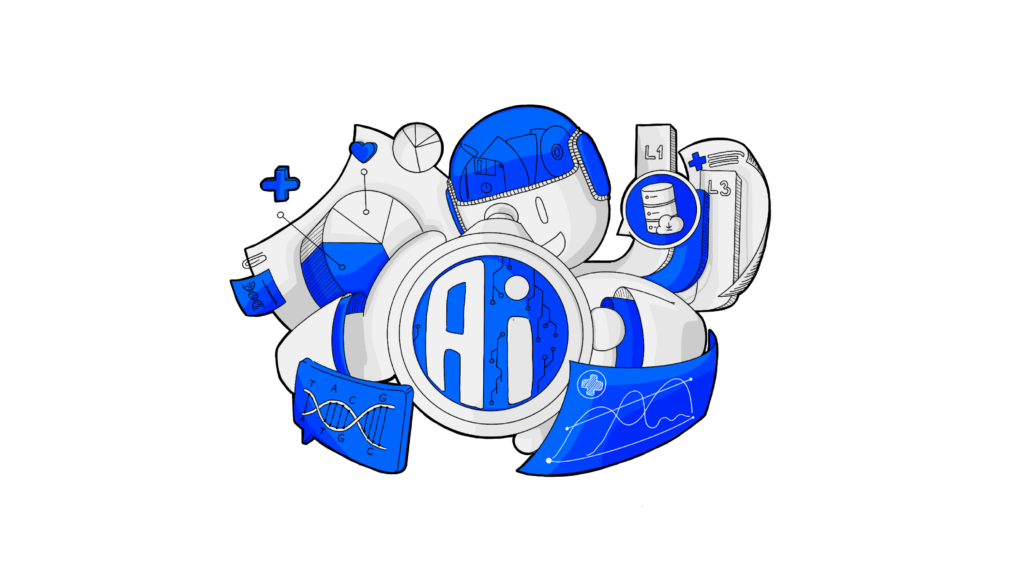Thanks to our best-guiding spirit, and technology, we have two main tools that can help us achieve that – Customer Data Platform (CDP) and Data Management Platform (DMP). However, which wins the CDP vs DMP debate?
1. CDP vs. DMP: What’s the difference?
Both platforms are designed to help businesses by collecting and using customer data. So both provide images of the customer base, like interests, perspectives, behaviors, and history. However, using data as their source is probably the main reason they are confusing.
Other than that, these systems are very different.
The most significant difference between them is the used data – CDP uses first-party data in most cases. It is the data that businesses collect from their apps directly. It is personal data and can be easily linked to real people. There are exceptions when the data comes from a second party – a partner on a joint project. Considering the Data Protection Regulation, entities must collect the data legally and ethically. The data, in this case, is stored for long-term years.
On the other hand, DMPs use mainly third-party, anonymized data that is shared. For example, it facilitates business access to new, potential customers or drives data-based decisions. This kind of data is stored for a short time, up to three months.
2. What is a DMP (Data Management Platform)?
The data management platform is also called the infrastructure that corroborates customer data. It absorbs data from a variety of sources, like web analytics tools, mobile web, mobile apps, behavioral and demographic data, CRM data, point-of-sale data, social networks, online video, TV data, and others, so that in the end, you can set-up and manage your digital advertising campaigns. It stores the thirdparty cookies and device characteristics, but it does stop at IP addresses in most cases.
One of the most common DMPs is Google’s Marketing platform, where you can analyze data, differentiate segments, manage your campaigns, store your promotional videos, search ads, and manage tags.
3. What is a CDP (Customer Data Platform)?
The Customer Data Platform is the tool that helps you gather the data, filter, organize, and visualize it. Using the CDP, you’ll be able to understand your customers’ behavior on different granularity levels – from large groups to individuals.
A good CDP can provide (with customer consent) the customer’s footprint – preferred hours of use, last viewed items, searches, and others.
A good CDP can make your marketing campaigns highly accurate by offering insights about categories of users based on their preferences. CDPs are highly useful in understanding users’ profiles.
A great CDP with the correct use will provide you with the best customer experiences.
Security and the possibility of quickly deleting the data on a customer’s request are two main things to consider when looking for a CDP.
4. CDP vs. DMP: Top 6 differences
The primary difference in the CDP vs DMP battle is the data type. You will mainly have third-party data on the data management platform, sometimes anonymized first-party. On the other side, you will find first-party data and personally identifiable information (PII) in the customer data platform.
CDP stores and develops data in the long term (years), while a DMP will use the same data in a short time (usually up to three months).
The CDP will store all kinds of data available for a customer without focusing on specific taxonomy, while a DMP will store only organized detailed data.
DMPs share data, usually for a price, while the CDPs store data at the collecting party.
The use cases of a CDP are focused on marketing technology and customer relationship improvement, while the DMP is advertising and improving media buying efficiency.
| Differentiator | CDP | DMP |
|---|---|---|
| Data type | First party, personal | Third party, anonymized |
| Data validity period | years | Up to 90 days |
| Data filtering | Unfiltered, full user history collection. No taxonomy focus | Only predefined fields are populated |
| Data sharing with external parties | No, intended for internal use | Yes, intended for selling |
| Use cases | Marketing, customer relationship improvement | Advertising, better media buying efficiency |
5. CDP vs. DMP- Data use differences: 1st-, 2nd-, and 3rd-party data
As previously mentioned, the CDPs store as much user data as possible from your visitors to provide personalized information and an exact customer footprint. The only way to achieve that is for the platform to absorb and retain data, which is the first-party data definition. A less usual but existent option is for the data from a direct partner on a specific project. An example would be when a luxury watches brand partners with a luxury car brand to reach the same audience.
Since the DMPs are designed to share data and provide access to external entities, they use third-party, anonymized data.

6. Customer Data Platform vs Data Management Platform: Top similarities
The most used word in this post is “data.” Yes, both tools use and focus on data. This is the most considerable similarity.
Both CDP and DMP are used to increase brands outreach, getting to the right people at the right time.
Most customer data platforms and data management platforms allow integration with other tools, like email platforms or online add spaces.
7. CDP vs. DMP: Which is right for you?
It depends on your desired outcome and marketing strategy, but most companies work with both tools.
If the objective is to increase client satisfaction, improve customer engagement, hyper-personalize the offered content, and build on the already existing client base, the best thing to use is a customer data platform. You will be able to select the granularity of the data and understand the similarities and differences between individual customers. Also, this will allow you to develop a made-to-measure approach for your clients.
But if you want to grow your client base, starting from existing, known client segments, you should choose a data management platform. It will provide access to potential clients similar to those who buy more often from you.

8. Use cases for CDP & DMP
The typical use of CDP in pharmaceutical companies is for personalizing omnichannel communication. For example, a sales representative will see that a healthcare professional has read a recent article about a new product. After a couple of days, they can automate an email sending with additional information and an invitation for an in-person meeting or a call.
On the other side, an exciting example of DMP use is when Dunkin’ Donuts partnered with Waze to target customers on the road. So any brand knows the specific characteristics of their existing customer’s partners with a data owner to reach potential customers with the same features.
9. Do you need a DMP if you have a CDP?
Do you need a car if you have a bicycle? It depends.
A CDP should be more than enough if your objective is to increase client satisfaction, personalize your relationship with your audience, or improve customer experiences.
But if you want to reach new clients like you already have, it’s recommended to use a DMP too.
Using both, you can extend your target audiences and increase forecasting precision using data enrichment.
10. Does a CDP or DMP replace a CRM?
A good CDP will paint a detailed picture of your client base, telling you who they are, their interests and habits, and maybe even predict some of their behavior based on customers’ lifecycle, enabling your marketing team’s activities.
A fine DMP will help you reach new customers based on specific criteria. It will deliver your message to the correct audience using the proper channel.
But neither a customer data platform nor a data management platform (DMP) will be able to replace a CRM. There are integration possibilities, but none can do everything yet.
In conclusion, you need to know that a CDP will collect all the allowed data sets about every customer to decide what is important and what actions you need to take.
A DMP will enable your access to similar potential client categories and focuses on what is alike.
A CRM is not replaceable by either a CDP or a DMP.










